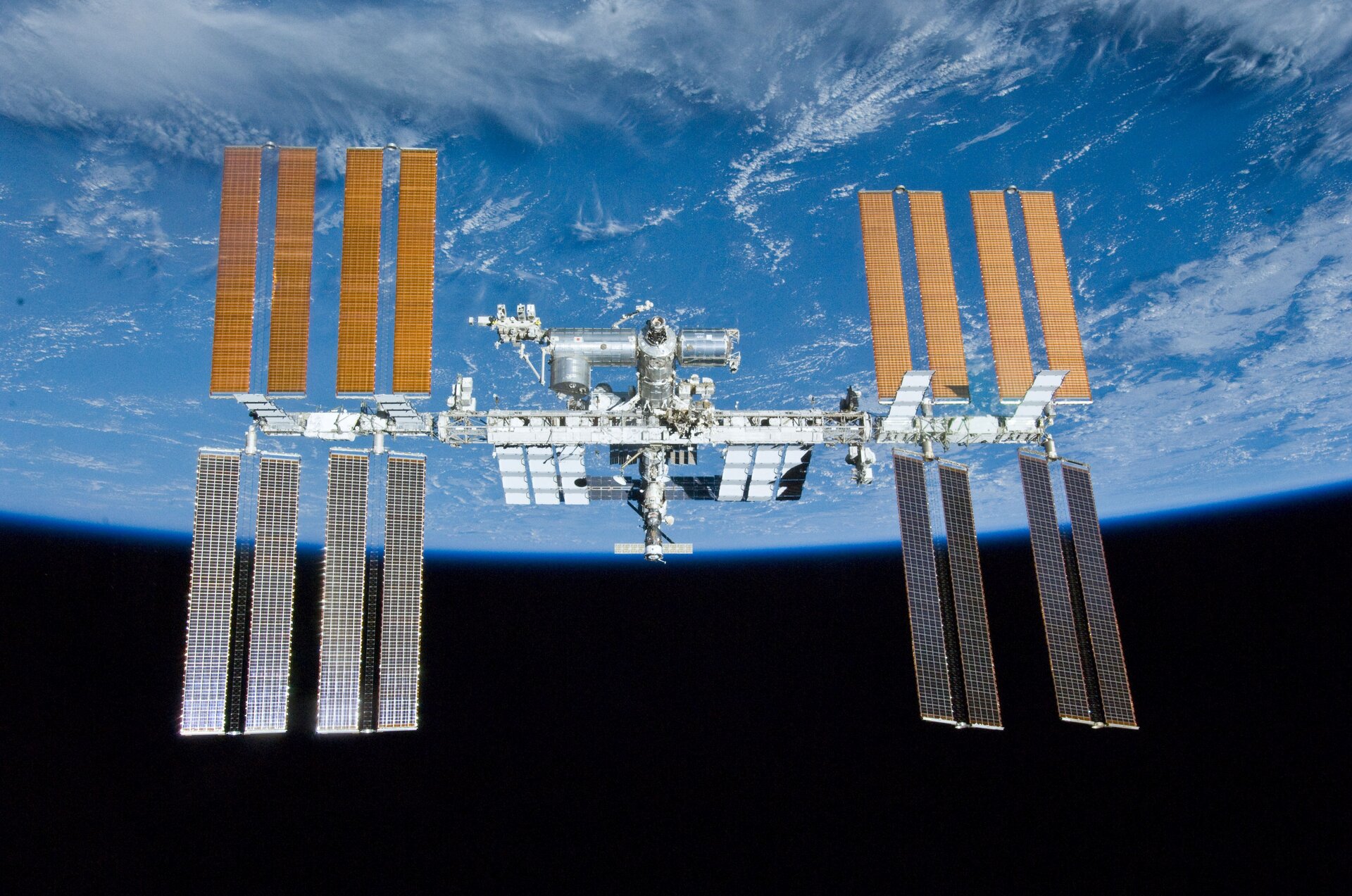 Observing slow and massive particles in the flow of cosmic rays that may have been produced immediately after the Big Bang or in astrophysical processes in our Galaxy: this is the goal of the experiment proposal SQM-ISS that the European Space Agency (ESA) has chosen as an experiment that may be installed on board the International Space Station (ISS).
Observing slow and massive particles in the flow of cosmic rays that may have been produced immediately after the Big Bang or in astrophysical processes in our Galaxy: this is the goal of the experiment proposal SQM-ISS that the European Space Agency (ESA) has chosen as an experiment that may be installed on board the International Space Station (ISS).
The proposal SQM-ISS, Strange Quark Matter on the International Space Station, was chosen among more than 20 projects that the ESA received as part of the competition “Reserve pools of Science Activities for ISS: a SciSpacE Announcement of Opportunity”. This proposal is led by INFN and involves the work of an international team of researchers, coming from Italy, France, Poland, and Sweden.
SQM-ISS proposes to create a compact detector, composed of a stack of scintillators and metallic plates, dedicated to directly observing the passage of so-called “strange matter”. The existence of strange matter was proposed in the 1980s: it is a type of very dense matter composed of an approximately equal number of up, down, and strange quarks, unlike ordinary matter, which, in contrast, is exclusively composed of up and down quarks. Many nuclear physics models within the Standard Model suggest that strange matter should be stable and could have been produced in the Big Bang, it could constitute dark matter or exist within “strange quark stars”. It should reach us in the form of slow, with a speed of approximately 250 km/s, and heavy particles, in a very wide range of mass and state of charge. To try to observe it, the same group has already built satellite detectors or detectors for the ISS, like the PAMELA and Mini-EUSO experiments.
Now, SQM-ISS is being assessed by INFN and the Italian Space Agency (ASI).
The SQM-ISS proposal was drafted by researchers of the INFN division of Roma Tor Vergata (which is coordinating the proposal), the Tor Vergata University of Rome, the University of Ferrara, the IN2P3 Astroparticle and Cosmology Laboratory in Paris (APC), the Royal Institute of Technology in Stockholm (KTH), the University of Warsaw, and the National Centre for Nuclear Research (NCBJ) of Warsaw.
Photo ©NASA






